The 14th of October 2023 is likely to be remembered as a significant turning point, the day when Australians declared their independence from elites intent on bringing the country down.
With a victory for the No case, the grassroots will have achieved the rout of the anti-Australian alliance of Big Politics, Big Unions, Big Sports, Big Banks, Big Social Media and Big Business, whose agenda is to change radically one of the world’s most successful nations and a model international citizen. Naively assuming initial polling would hold, the alliance came out, so that Australians are now better informed about them. Meanwhile, Australians are increasingly aware that far from being the benign centrist portrayed by much of the mainstream media, Anthony Albanese is a man of the hard left with a hard-left agenda.
Especially approving of Senator Jacinta Nampijinpa Price’s leadership, Australians concluded that things were very wrong with the Voice, the slippery way the government ran the process and the arrogant refusal of Yes proponents to engage in debate. I had the opportunity of discussing these on ADH TV with the Samuel Griffith Society’s Xavier Boffa, the Rule of Law Institute’s Chris Merritt and a veteran of the 1999 campaign, Senior Counsel, Jeffrey Phillips.
The substantial weaknesses in the proposal were first, Australia would descend into a society where legal rights differ according to even spurious or minuscule claimed race. Second, the consequences would widen as treaties were entered into, ‘truth-telling’ imposed, and reparations collected. Third, the PM’s promised realisation of the full Uluru agenda would lead to the break up of Australia. Fourth, rather than being closed, the ‘gap’ would more likely widen. Fifth, what was a blank cheque would make the country ungovernable, especially for a reformist government. Sixth, the Voice would be a prime target for those latter-day communists’ long march through the nation’s institutions, which has had such seriously damaging consequences for education.
Now, thanks to the perceptive Professor Nicholas Aroney and Peter Congdon, we can see how a future High Court would possibly, I would say probably, interpret the constitution’s proposed new Chapter.
To understand their excellent paper, ‘The Voice Referendum and the Federal Division of Powers’, we should recall that Canberra, the Commonwealth, has limited powers which are set out in the constitution. Most are shared with the states, but where these are inconsistent, federal law prevails.
We have an excellent constitution, but it is not perfect. One weakness is that the federal government alone appoints High Court judges. So once the original bench of the founders retired, new judges have usually been likely to favour more power for Canberra.
Reflecting the original intention, until 1921 the court applied a ‘reserved powers doctrine’. Based on the US constitution’s Tenth Amendment, this states that those powers not granted to the Commonwealth are reserved to the states. But in the Engineers Case, the court abandoned this, giving full effect to federal powers without considering the impact on state powers. Since then, the trend has been to allow the Commonwealth to become far more powerful than originally intended or, most importantly, approved by the people. This has accelerated to such an extent that most referendums where the people rejected handing over some power or powers to Canberra are no longer considered necessary by centrists. Most have been effectively granted through High Court interpretation. To our great detriment, Australia is now probably the world’s most centralised federation. This means, for example, that while Canberra changes education into indoctrination and increases illiteracy and innumeracy, it contemplates reintroducing death duties, all the while abandoning its primary duty, the defence of the realm.
The authors draw an analogy between the potential of the Voice with the vast expansion of federal power as a result of entering into treaties. This is done under a power, like all other powers ‘subject to this Constitution… to make laws for the peace, order and good government of the Commonwealth’. The specific power is ‘with respect to (xxix) external affairs’.
Note especially those words, ‘to make laws for the peace, order and good government of the Commonwealth’. These qualify every grant of power in the constitution. But they are excluded from the proposed power to make laws with respect to the Voice. This is under the chapeau ‘In recognition of Aboriginal and Torres Strait Islander peoples as the First Peoples of Australia’ in the first new Chapter since federation. Powerful material indeed for some future High Court case?
Returning to the ‘external affairs’ power, treaties are effectively entered into by the federal government. But they can have no legal effect within Australia without legislation. It used to be assumed that where the treaty related wholly or in part to state matters, state legislation would be necessary. But when the Hawke government decided to stop the Franklin Dam in Tasmania, it did so by legislation under a multinational treaty, the World Heritage Convention. While the building of dams is a state matter, in the 1983 Franklin Dam Case, the High Court significantly expanded federal power by holding, by a slim 4:3 majority, the treaty gave the Commonwealth parliament the power to legislate.
Since then the Court has ensured a vast increase in federal power. Now Professor Aroney and Peter Congdon present a powerful argument that representations under the Voice would have a similar effect to a treaty. Any and every Voice representation would give Canberra the power to legislate with respect to the representation, even if it were clearly a state matter. For example, this could be about the proposal that any indigenous person on a criminal charge anywhere should be entitled to a partially or mainly indigenous jury. Another would be to impose, through federal law, race-based quotas or some precedence justified by the gap, to various activities and services, e.g, in ranking patients in procedures in hospitals. Imagine the politicial deals to produce representations.
This would surely signal the end of the federation and with Senate ‘reform’, the beginnings of one-party government.
Got something to add? Join the discussion and comment below.
Get 10 issues for just $10
Subscribe to The Spectator Australia today for the next 10 magazine issues, plus full online access, for just $10.
You might disagree with half of it, but you’ll enjoy reading all of it. Try your first month for free, then just $2 a week for the remainder of your first year.

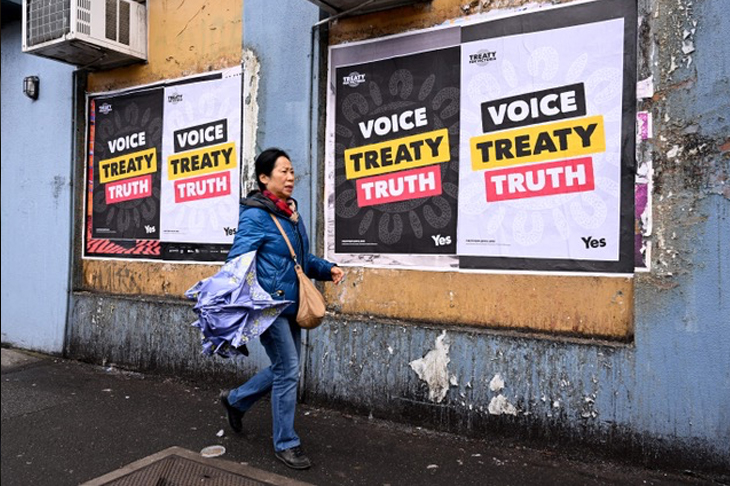
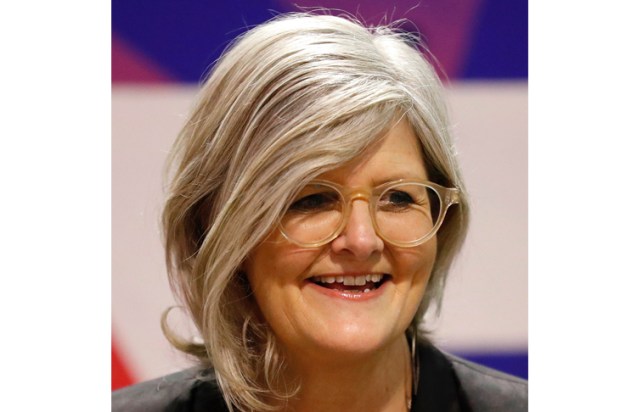
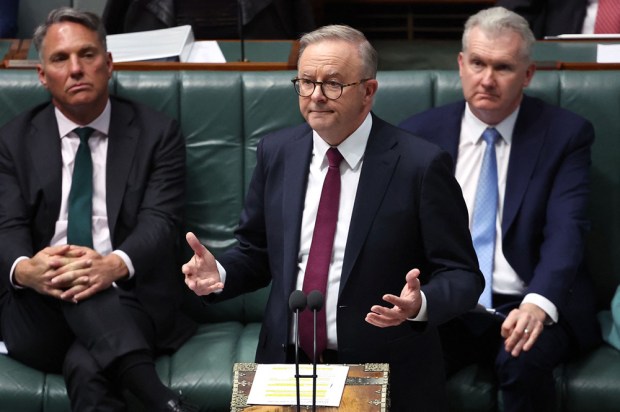
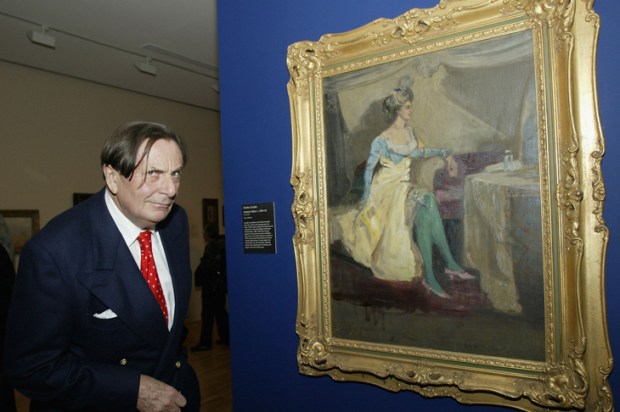
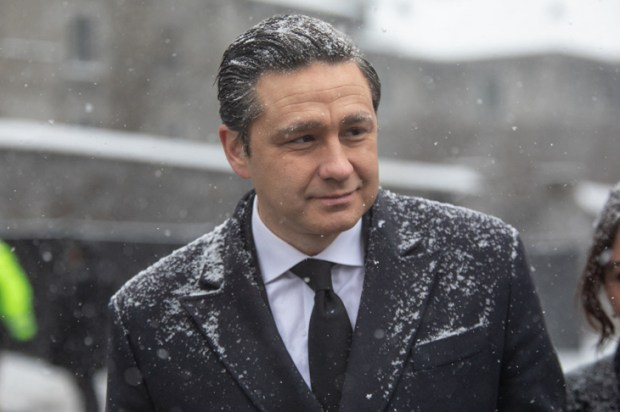

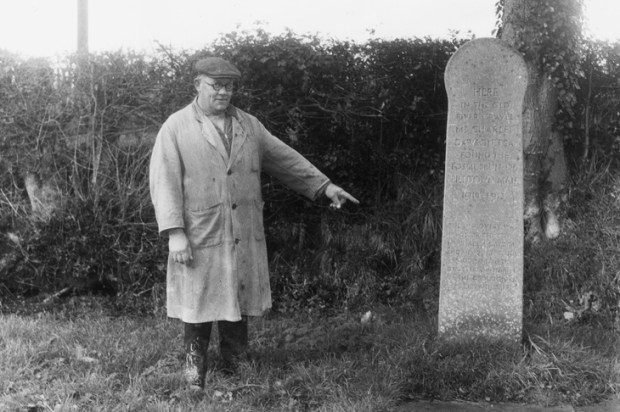






Comments
Don't miss out
Join the conversation with other Spectator Australia readers. Subscribe to leave a comment.
SUBSCRIBEAlready a subscriber? Log in